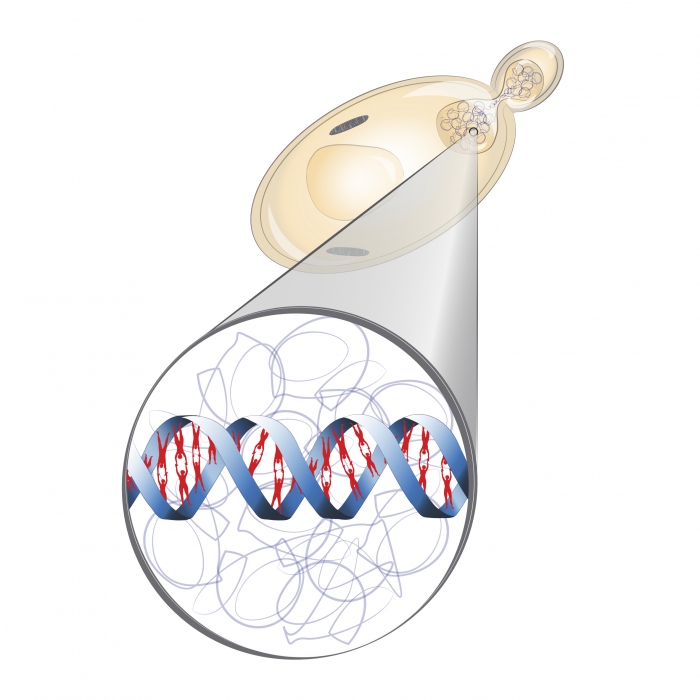Study Shows Common Molecular Tool Kit Organisms Share Across Tree of Life
In one of the largest and most detailed studies of animal molecular biology ever undertaken, researchers at The University of Texas at Austin and the University of Toronto discovered the assembly instructions for nearly 1,000 protein complexes shared by most kinds of animals, revealing their deep evolutionary relationships. Those instructions offer a powerful new tool for studying the causes of diseases such as Alzheimer's, Parkinson's and cancer.















 Despite a billion years of evolution separating humans from the baker’s yeast in their refrigerators, hundreds of genes from an ancestor that the two species have in common live on nearly unchanged in them both, say biologists at The University of Texas at Austin. The team created thriving strains of genetically engineered yeast using human genes and found that certain groups of genes are surprisingly stable over evolutionary time.
Despite a billion years of evolution separating humans from the baker’s yeast in their refrigerators, hundreds of genes from an ancestor that the two species have in common live on nearly unchanged in them both, say biologists at The University of Texas at Austin. The team created thriving strains of genetically engineered yeast using human genes and found that certain groups of genes are surprisingly stable over evolutionary time.
















